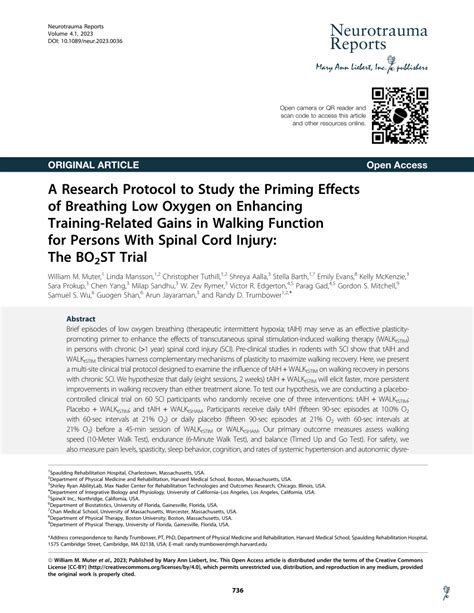Optimize recovery for peak male performance & injury resilience?

The Crucial Role of Recovery in Male Fitness
For men striving for peak physical performance and robust injury resilience, the conversation often centers on training intensity, lifting heavy, and pushing limits. However, the true secret weapon, frequently overlooked, lies not in the grind, but in intelligent recovery. Recovery isn’t merely about resting; it’s an active, multi-faceted process essential for muscle repair, hormonal balance, nervous system rejuvenation, and preventing burnout.
Ignoring proper recovery protocols can lead to decreased performance, increased susceptibility to injuries, chronic fatigue, and even hinder long-term progress. Optimizing your recovery is the difference between consistent gains and hitting frustrating plateaus or enduring sidelining injuries.

Pillars of Optimal Male Recovery
1. Prioritize Quality Sleep
Sleep is arguably the most vital component of recovery. During deep sleep stages, your body releases growth hormone, crucial for muscle repair and growth. It’s also when your central nervous system recovers, impacting cognitive function, mood, and reaction time. Aim for 7-9 hours of uninterrupted, quality sleep per night. Establish a consistent sleep schedule, create a dark and cool sleep environment, and limit screen time before bed to enhance sleep hygiene.
2. Fuel Your Recovery with Nutrition
What you eat directly impacts your body’s ability to repair and rebuild. Adequate protein intake (e.g., 1.6-2.2g per kg of body weight) is essential for muscle protein synthesis. Carbohydrates are vital for replenishing glycogen stores, providing energy for subsequent workouts. Don’t overlook healthy fats for hormone production and overall cellular health. Hydration is equally critical; water transports nutrients, lubricates joints, and regulates body temperature. Focus on whole, unprocessed foods, and consider timing your post-workout nutrition for maximum benefit.

3. Embrace Active Recovery and Mobility
While complete rest days are important, active recovery can significantly aid the process. Light activities like walking, cycling, or swimming increase blood flow without adding significant stress, helping to flush out metabolic waste and deliver fresh nutrients to muscles. Incorporate mobility work, stretching, and foam rolling into your routine to improve flexibility, reduce muscle soreness, and prevent imbalances that can lead to injury. This helps maintain range of motion and keeps your body primed for performance.

4. Manage Stress Effectively
Physical stress from training isn’t the only stressor impacting recovery. Chronic mental and emotional stress elevates cortisol levels, which can inhibit muscle growth, impair sleep, and increase fat storage. Incorporate stress-reduction techniques into your daily life, such as meditation, deep breathing exercises, spending time in nature, or engaging in hobbies. A calm mind supports a resilient body.
Monitoring Your Recovery & Preventing Overtraining
Listening to your body is paramount. Pay attention to persistent fatigue, decreased performance, irritability, disrupted sleep, or increased susceptibility to illness—these are all potential signs of inadequate recovery or overtraining. Tools like heart rate variability (HRV) monitors or simple daily check-ins on mood, energy levels, and soreness can provide valuable insights into your recovery status. Don’t be afraid to take an extra rest day or implement a deload week when needed.

Integrating Recovery into Your Training Regimen
Recovery isn’t an afterthought; it should be an integral part of your training plan. Structure your week to include dedicated rest days, active recovery sessions, and prioritize your sleep schedule just as rigorously as your workouts. Tailor your recovery strategies to your specific training demands—a man training for a marathon will have different recovery needs than one focused on powerlifting. Consistency in recovery is key to sustained performance and health.

Conclusion: The Underrated Path to Peak Performance
Optimizing recovery is not a sign of weakness; it’s a strategic advantage. For men seeking to maximize their physical potential, prevent injuries, and sustain high levels of performance long-term, intelligent recovery is non-negotiable. By prioritizing quality sleep, nutrient-dense foods, active recovery, stress management, and listening to your body, you unlock the full benefits of your hard work and forge a path towards enduring strength, resilience, and peak male performance.







